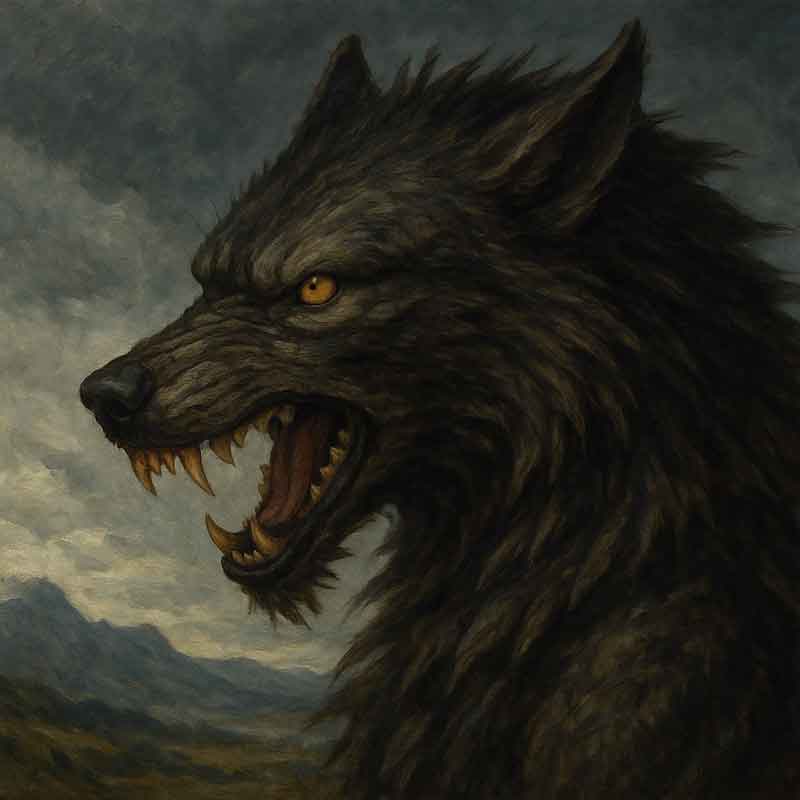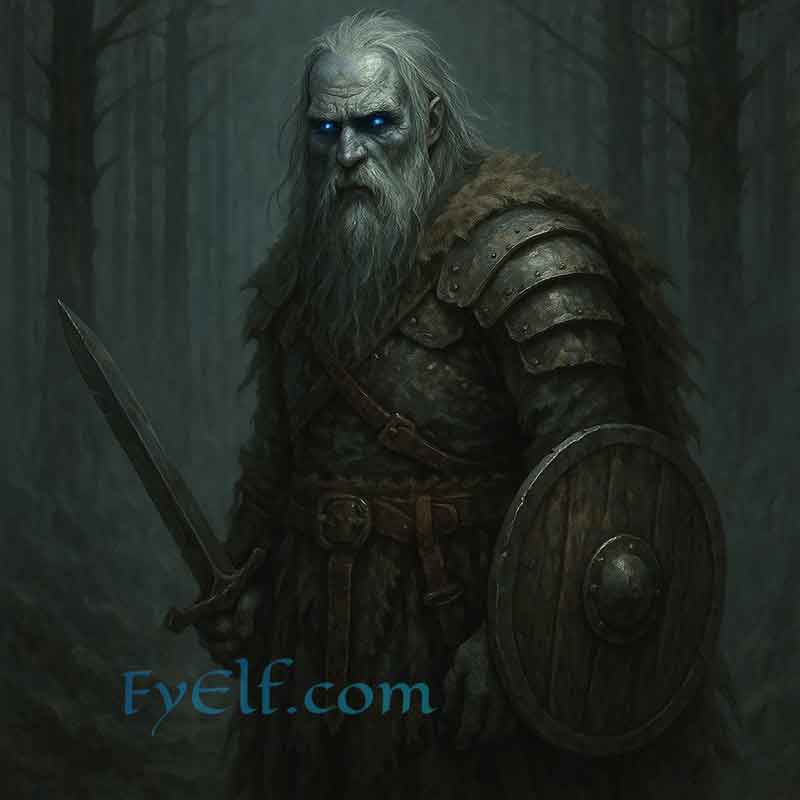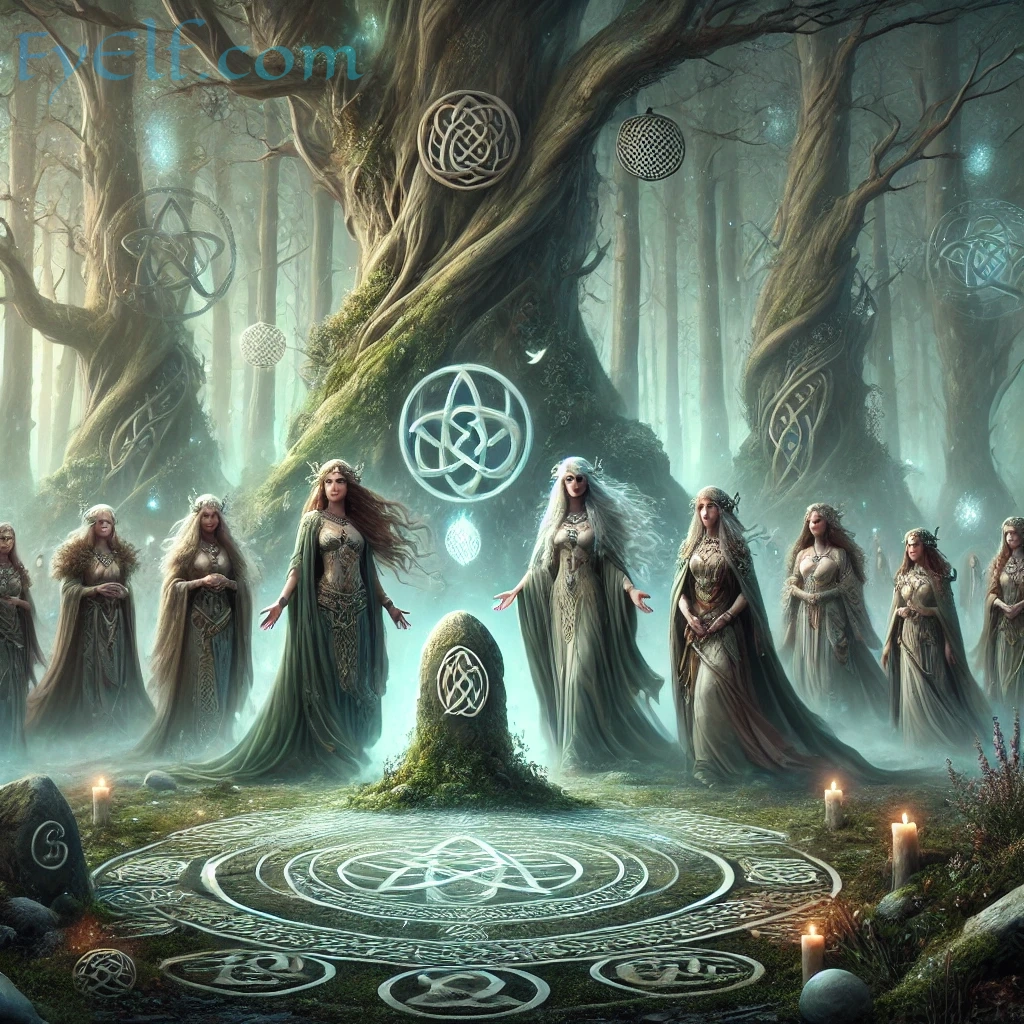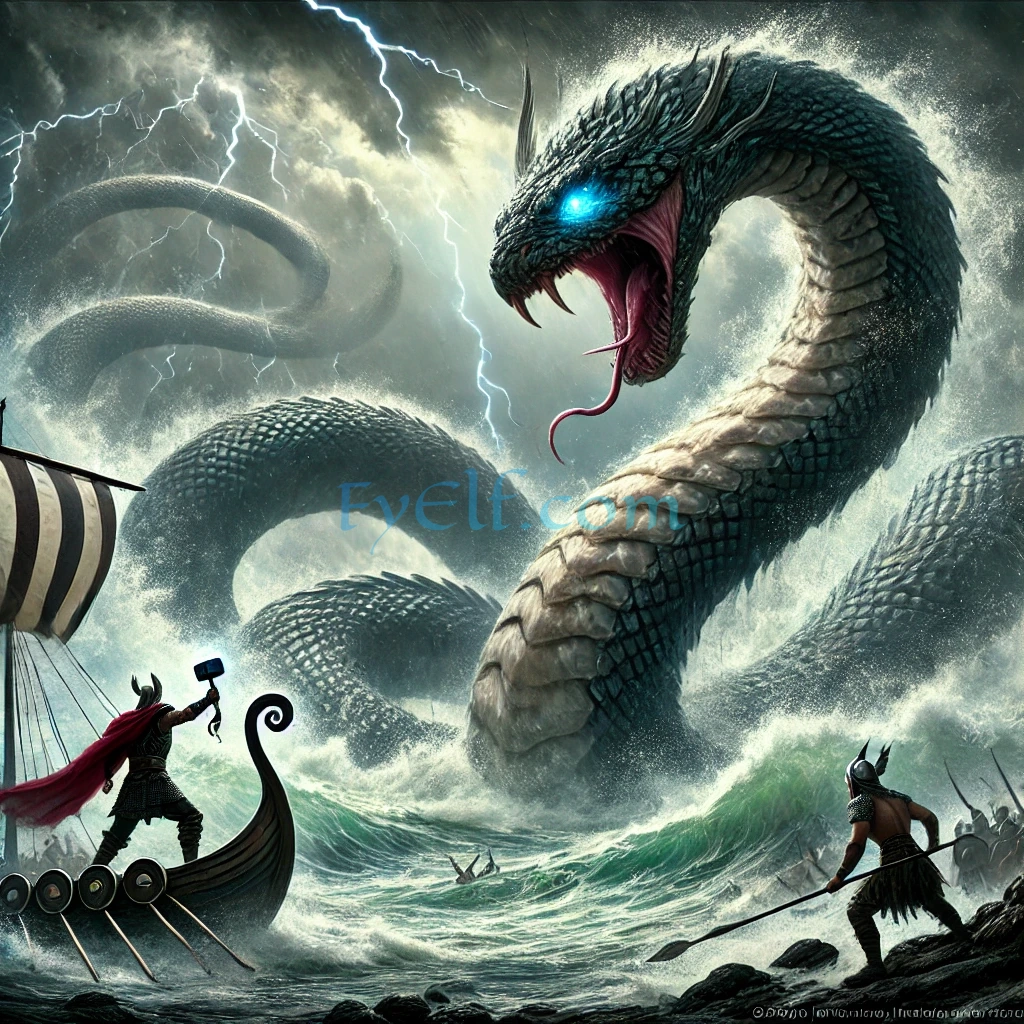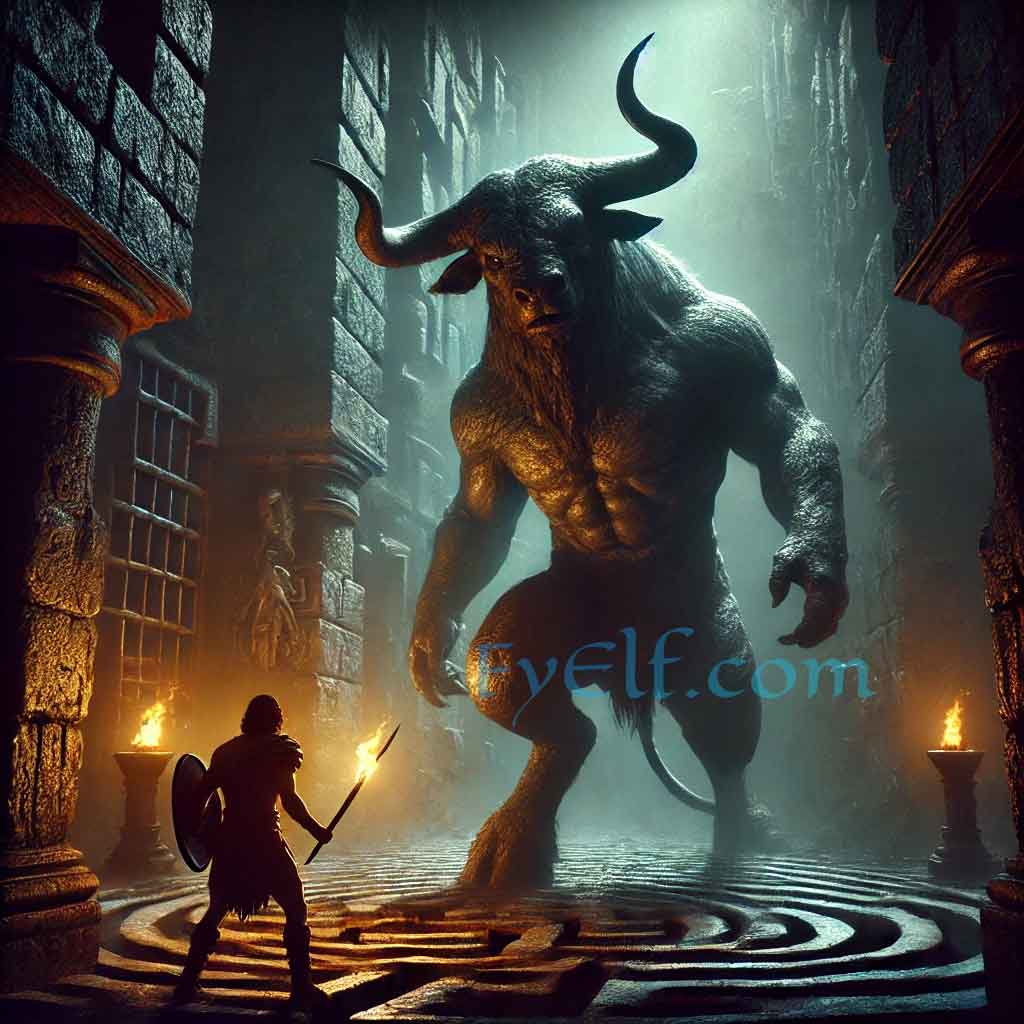In the vast world of Norse mythology, few figures inspire as much awe and dread as Fenrir, the monstrous wolf fated to bring about the doom of gods. As the child of Loki and the giantess Angrboda, Fenrir embodies both chaos and inevitability. His legend weaves together themes of destiny, destruction, and the fragile balance between order and wildness.
Who Is Fenrir?
Fenrir is one of the most famous wolves in Norse mythology. Unlike Odin’s loyal companions, Geri and Freki, Fenrir is a creature destined for catastrophe. He is the sibling of Jörmungandr, the world serpent, and Hel, the goddess of the underworld. Together, these siblings represent some of the greatest threats to the gods of Asgard.
The gods feared Fenrir from his youth, knowing that his fate was bound to theirs. Unlike other wolves in Viking lore, Fenrir was never tamed or trusted—he was a force of nature beyond control.
The Prophecy of Fenrir
The prophecies of the seers foretold that Fenrir would grow so powerful that he would one day break free of any chain. At Ragnarök, the end of the world, he would devour Odin, the All-Father himself. This prophecy drove the gods to attempt to restrain him before his strength became uncontainable.
The Binding of Fenrir
The gods’ fear of Fenrir led to one of the most famous episodes in Norse mythology: the binding of the wolf. After several failed attempts with iron chains, the gods turned to the dwarves, the master craftsmen, to forge an unbreakable tether called Gleipnir. This magical chain was crafted from impossible things—such as the sound of a cat’s footsteps and the roots of a mountain.
When the gods asked Fenrir to test the chain, he grew suspicious. He demanded that one god place a hand in his mouth as a pledge of good faith. The brave god Tyr stepped forward, sacrificing his hand when Gleipnir held. From that day, Fenrir remained bound, while Tyr bore the mark of courage.
Fenrir and Ragnarök
Though bound, Fenrir’s fate was sealed. At Ragnarök, he will break free of Gleipnir and join the forces of chaos. His role in the final battle is central: Fenrir will face Odin and ultimately devour him. Shortly after, Odin’s son Vidar will avenge his father, slaying the wolf.
This cycle of destruction and vengeance is not the end but part of the Norse vision of renewal—out of the death of the old world comes the birth of a new one.
The Symbolism of Fenrir
Fenrir is more than just a villain; he is a symbol of fate, chaos, and natural power. His hunger reflects the untamed forces of the world, which no god or human can fully control. Unlike Odin’s wolves, who symbolize loyalty and order, Fenrir embodies the inevitability of death and change.
For the Vikings, Fenrir may have represented both fear and respect—acknowledging that destruction is as much a part of life as creation.
Fenrir in Viking Culture and Legacy
Wolves played a powerful role in Viking society. Warriors known as ulfhéðnar wore wolf pelts into battle, channeling the ferocity of the beast. In art, runestones, and sagas, wolves were seen as creatures of strength and survival.
Fenrir, as the greatest wolf of all, continues to inspire modern culture. He appears in literature, video games, and fantasy works, often as a symbol of raw power and unbreakable destiny.
Today, Fenrir also inspires designs in jewelry and art, where his legend is transformed into meaningful symbols of strength, rebellion, and endurance. Many modern creators have crafted pieces that honor his myth. For example, Viking-inspired Fenrir wolf designs captures the spirit of the monstrous wolf, blending ancient Norse myth with wearable symbolism.
Fenrir’s story is one of prophecy, fear, and inevitability. As the monstrous wolf of Norse mythology, he represents both destruction and the unstoppable forces of fate. Bound by Gleipnir, destined to kill Odin, and ultimately slain himself, Fenrir embodies the cycle of chaos and renewal at the heart of the Viking worldview.
Though feared, he is also admired as a reminder of strength and inevitability. His enduring presence in mythology and modern culture ensures that Fenrir remains one of the most unforgettable creatures in the Norse pantheon.
